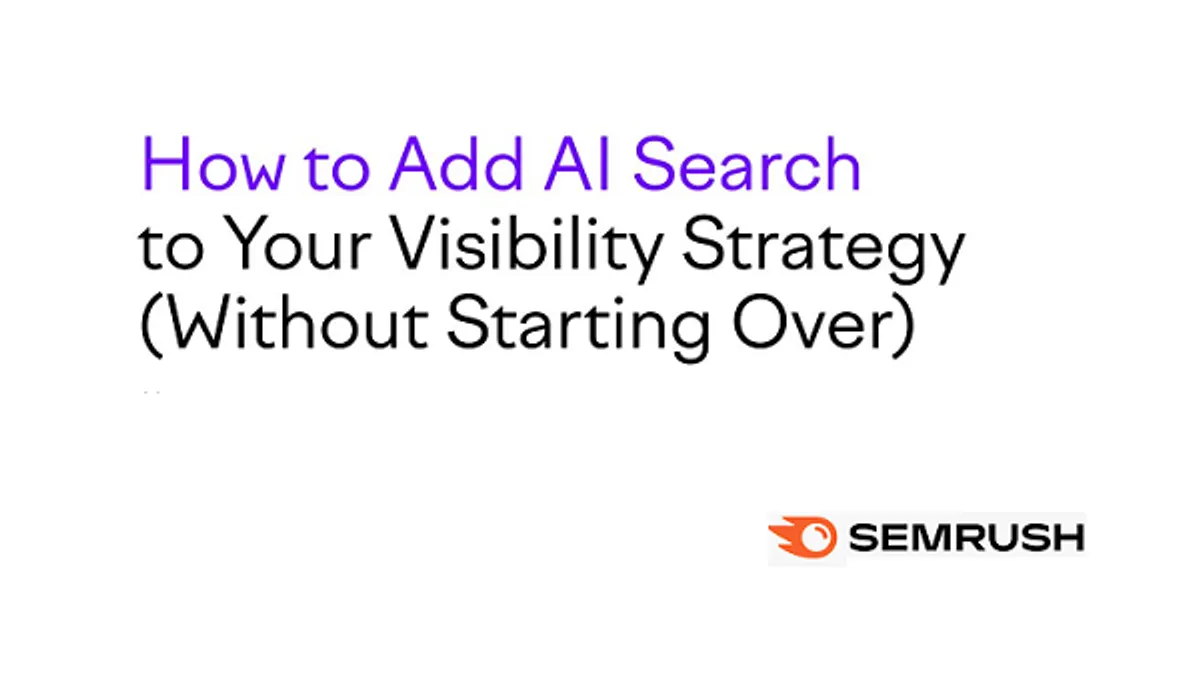Content Strategy in Regulated Industries: A Compliance Guide
Navigating content creation in highly regulated sectors like finance, insurance, banking, and healthcare requires a deep understanding of legal compliance. This guide outlines how to develop a content strategy that is both effective and compliant.
Understanding the Regulatory Environment
Before creating content, identify the specific laws and guidelines for your target audience, product, and region. Ask key questions: What disclosures are required? Which claims are restricted? Are there regional differences in content distribution?
Proactively monitor government websites, follow industry regulators, and consult legal advisors. Early legal involvement streamlines the process and ensures compliance from the outset.
By understanding legal concerns, you can create content that is both effective and safe. Many trusted brands leverage these constraints to build credibility through clarity, transparency, and education.
Building Scalable Systems
In regulated industries, content must be accurate, reviewed, approved, and adaptable. Focus on establishing a robust content workflow.
Outline every phase, from idea generation to legal review, publication, and updates. Define roles and responsibilities to minimize confusion and delays. Collaborate with the legal team to establish clear timelines and a "working contract."
Implement governance by assigning roles, creating review steps, and standardizing formatting. Frameworks like RACI and DARCI can further streamline this process.
A modular content model, using pre-approved components like disclaimers and product descriptions, can expedite content creation and reduce compliance risks.
Making Trust the Foundation
Building trust is crucial in regulated industries. Be transparent about relationships with other companies or content providers. Clearly disclose affiliate links, sponsored content, and partnerships.
Prioritize data privacy. Inform users about data collection practices in clear, accessible language. Explain what information you collect, why, and how it's used.
Simplify complex legal or regulatory information. Clarity builds trust and keeps audiences engaged.
Staying Agile in a Changing Landscape
Regulations and consumer expectations constantly evolve. Maintain a flexible editorial calendar to adapt to changes.
Stay informed about industry and legal updates. Assign team members to monitor regulatory bodies and set up alerts for relevant changes.
Regularly review and update existing content. Use collaboration tools and modular content systems to facilitate quick and compliant updates.
Maintaining a record of all content allows for swift implementation of regulatory changes. Close collaboration with the legal team and awareness of industry developments enable proactive adaptation to future regulations.
Conclusion
Creativity and compliance are not mutually exclusive. With the right systems and processes, your team can create effective, compliant content. A strong foundation enables great content to thrive in regulated industries.







